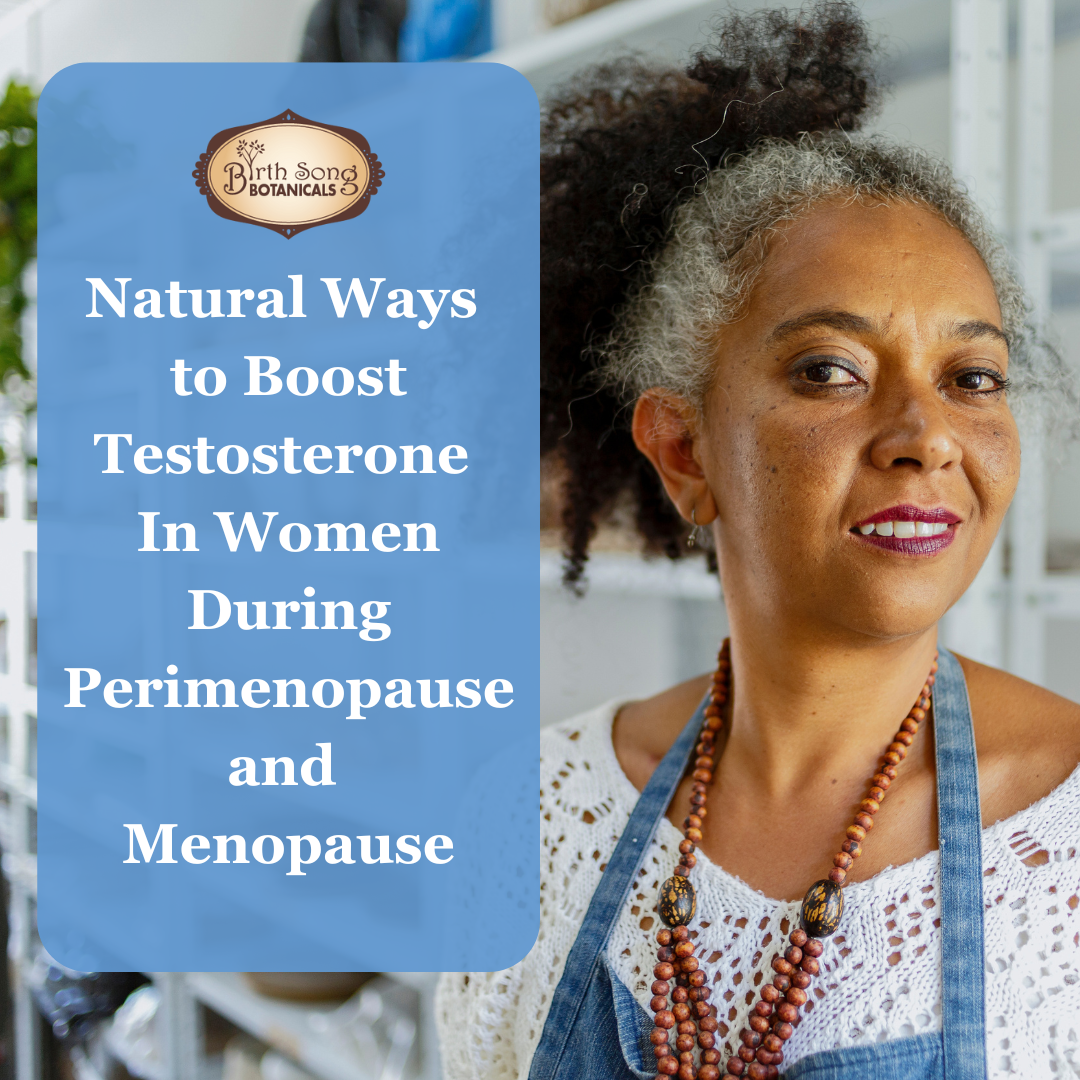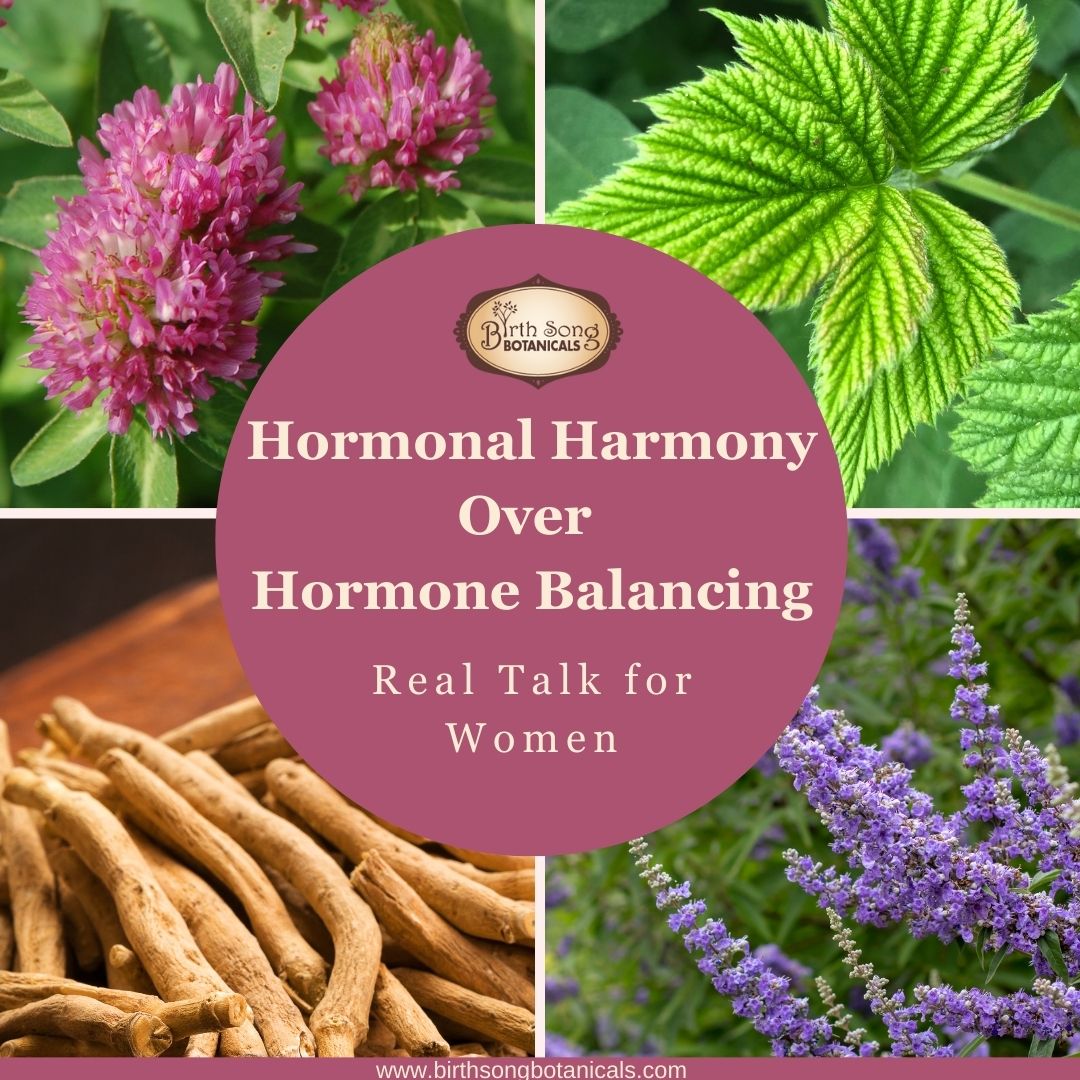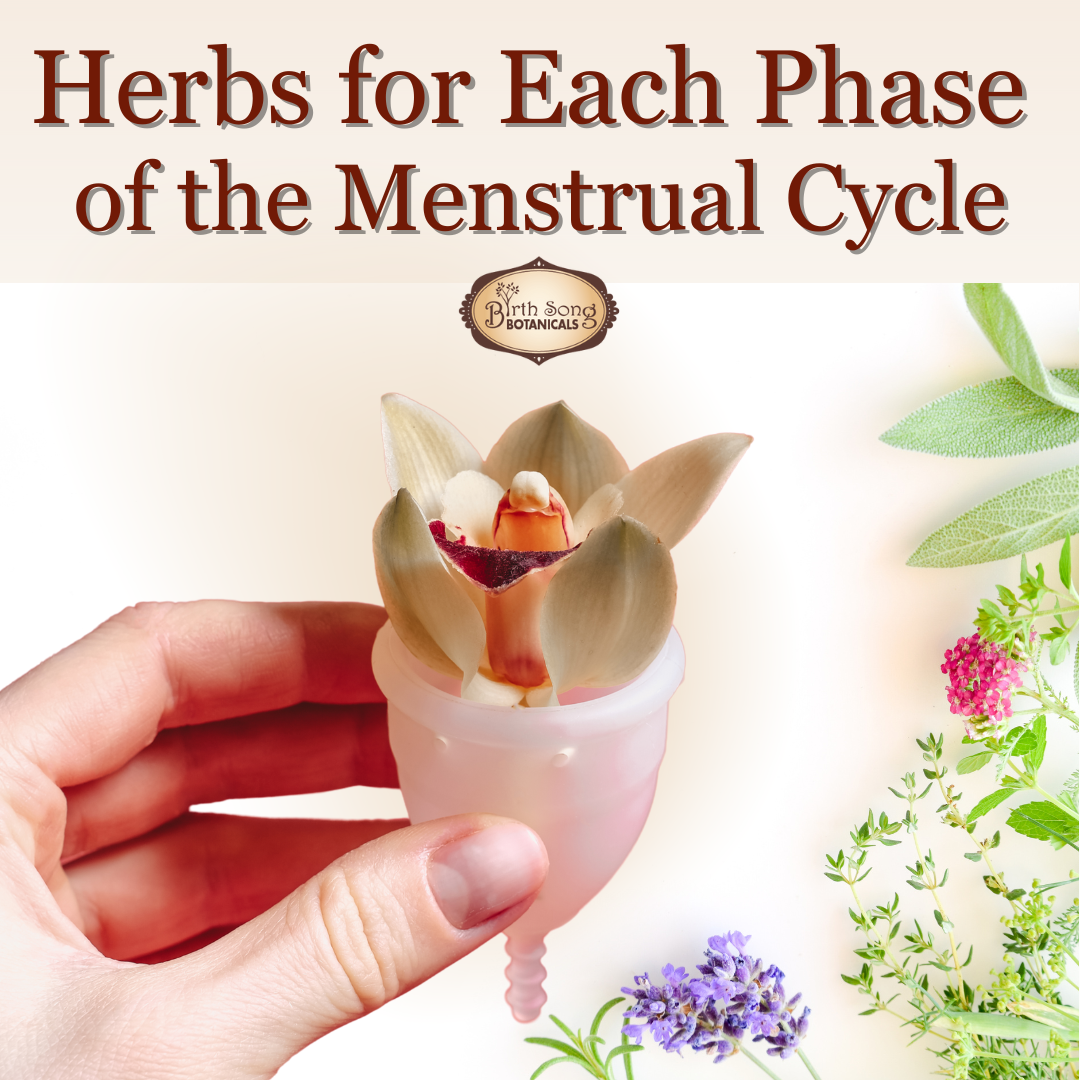Natural Remedies for Bacterial Vaginosis BV
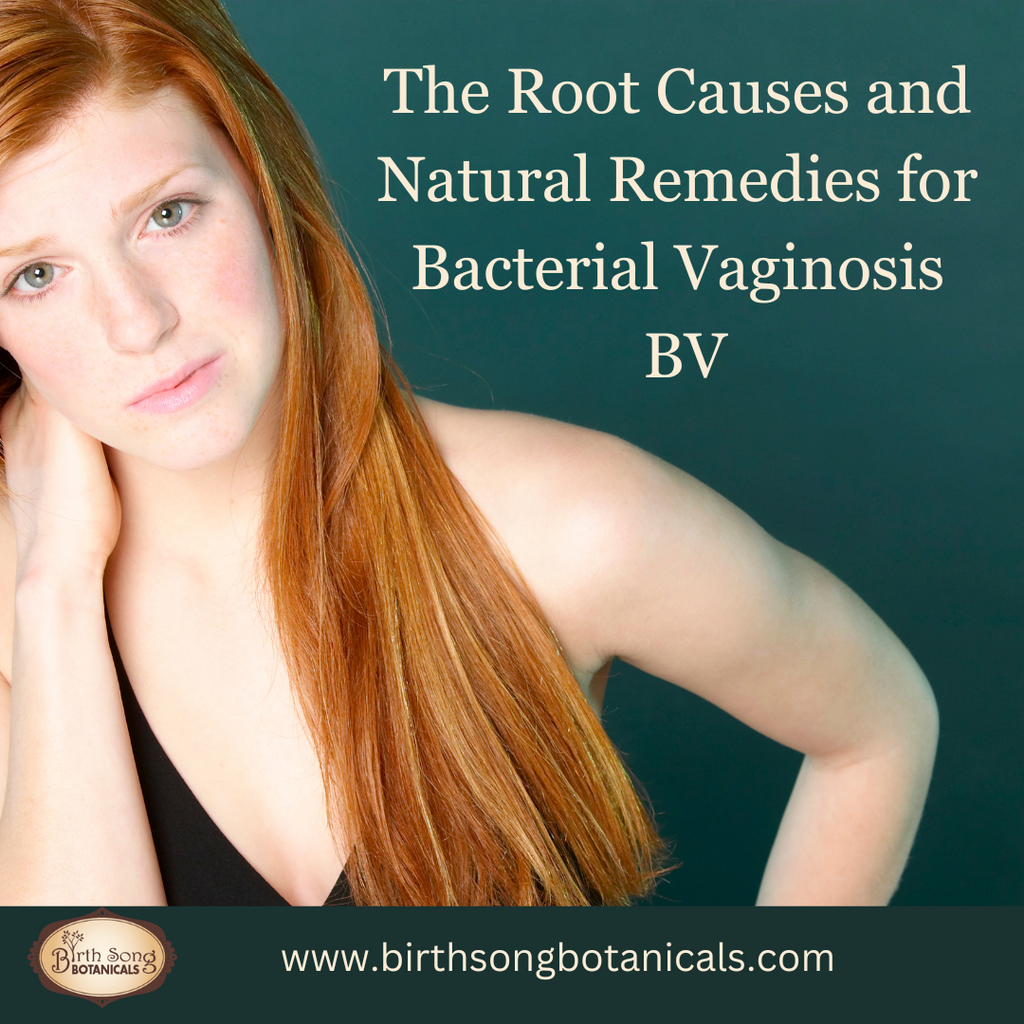
The Root Causes of Bacterial Vaginosis
Traditional treatment for BV typically involves antibiotics. However, such treatment often leads to frequent recurrences and poses some medical risks. Antibiotics serve as a temporary fix for BV symptoms, albeit sometimes necessary in the short run. Yet, they fail to address the underlying issue: vaginal dysbiosis, which signifies an imbalance in the vaginal microbiome.
The discourse within the medical community surrounding bacterial vaginosis is misplaced. Instead of recognizing BV as a manifestation of vaginal microbiome disruption, it is often viewed in isolation as a gynecological concern. Yet, BV stems from a broader imbalance within a woman's overall ecosystem. But BV is annoying, sometimes uncomfortable, and also carries some risks.
Would you like some tips to avoid and eliminate BV?
The solution lies in delving into the root cause of BV, namely, the disruption in the vaginal microbiome, and subsequently eliminating the triggers and catalysts. These factors encompass dietary choices, stress levels, and various external influences, ranging from the toxins present in tampons to sexual partners.
Furthermore, it involves understanding how these factors impact the body's larger ecosystem, including the repercussions of antibiotic usage, which extends beyond specific infections.
What is Bacterial Vaginosis?
Contrary to common belief among many women, Bacterial Vaginosis (BV) isn't a straightforward infection caused by a specific bacterium or yeast. Rather, it denotes an imbalance within the natural bacterial communities inhabiting the vagina, wherein the beneficial microorganisms aren't the majority, allowing for an overgrowth of pathogenic bacteria such as Gardnerella vaginalis, Mycoplasma hominis, and several other microorganisms such as Candida albicans.
Common BV Symptoms Include:
- Thin, grayish discharge, especially after sexual intercourse
- A distinct, fishy odor
- Pain during urination
- Pain during or after sexual intercourse
- Vaginal itching or irritation
However, BV can also remain asymptomatic until more significant issues arise. It's estimated that nearly 30 percent of women aged 20 to 50 experience BV, or more precisely, find themselves in a state of BV, where vaginal dysbiosis disrupts their flora significantly at any given time.
Unfortunately, conventional medical practitioners possess limited knowledge of alternative treatments beyond prescribing antibiotics. These antibiotics frequently prove ineffective, leading to recurring BV and multiple treatment cycles that may eventually diminish the overgrowth of troublesome bacteria. Nonetheless, they fail to restore the balance of your vaginal ecosystem and may inadvertently eradicate additional beneficial microorganisms alongside the symptom-causing ones.

The dangers associated with Bacterial Vaginosis (BV)
The dangers associated with Bacterial Vaginosis (BV) must not be overlooked. Disruption of the natural vaginal ecology alters pH levels and vaginal mucous, which serve to protect against infections. BV compromises our body's defense mechanisms, increasing susceptibility to sexually transmitted infections (STIs), including HIV.
Additionally, it is linked to abnormalities in Pap smears and pelvic inflammatory disease (PID), which can lead to fertility issues and ectopic pregnancy, as well as endometritis and inflammation of the uterine lining.
For pregnant women, BV poses particular risks, as it heightens the chances of second-trimester miscarriage or preterm labor. Following childbirth, those with BV are more prone to postpartum endometritis. Pregnant women should prioritize conventional treatment for BV, although recommended lifestyle adjustments can enhance treatment efficacy and reduce recurrence. If persistent infection or abdominal pain occurs, conventional care remains the most suitable option for addressing acute infection. Nonetheless, the preventive measures outlined in this article remain relevant and can aid in averting recurrence.
What Triggers Bacterial Vaginosis?
Bacterial Vaginosis (BV) occurs when there is a disturbance in the body's local (vaginal) or broader microbial (typically gut) ecosystem. This disruption can stem from localized issues within the vaginal ecosystem or broader factors affecting overall body health that subsequently impact vaginal ecology.
Common triggers for disruption in both general and localized ecosystems include:
- Gut dysbiosis
- Consumption of a high-sugar diet, alcohol, or poorly managed blood sugar levels
- Exposure to synthetic chemicals and fragrances that disrupt beneficial bacteria or alter vaginal pH
- Use of antibiotics
- Stress
- Changes in vaginal pH due to aging
- Changes in vaginal pH resulting from exposure to semen or saliva (making women in both heterosexual and same-sex relationships susceptible, potentially leading to transmission of the infection between partners).
- douching
- not using condoms
- having multiple sex partners
- having new sex partners
- Partner having an asymptomatic bacterial infection such as UTI
Men cannot get bacterial vaginosis (BV), but they can carry the bacteria that causes it on their penis or inside the urethra after penetrative vaginal intercourse. Men can then spread the infection to female sexual partners.
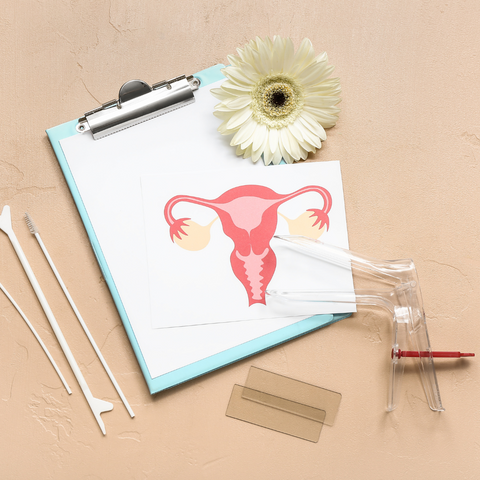
Obtaining an Accurate Diagnosis
An accurate diagnosis from your midwife, APRN, physician, or licensed healthcare provider is crucial.
The diagnosis of BV necessitates meeting at least three of the following four Amsel's criteria, which can be identified through a vaginal examination and a painless swab of vaginal fluids:
- thin, grayish-colored discharge (while healthy discharge tends to be white and more viscous)
- a vaginal pH exceeding 4.5
- a positive whiff test
- the presence of "clue cells" in vaginal fluid
The Possible Unforeseen Outcomes of Traditional Treatments
Conventional treatment for bacterial vaginosis may sometimes be necessary and typically involves the use of metronidazole or clindamycin. Metronidazole can be administered orally or applied topically to the vagina. However, there are potential side effects associated with metronidazole, including:
- Gastrointestinal disturbances such as diarrhea, nausea, vomiting, or abdominal pain
- Inflammation and soreness of the mouth
- Loss of appetite
- Severe swelling of the lips, face, or tongue (angioedema)
- Drowsiness
- Dizziness
- Headache
- Shaky movements and an unsteady walk (ataxia)
- Skin rashes or itching
- Muscle or joint pain
- Darkening of urine
- Visual disturbances
- Confusion
- Depressed mood
- Hallucinations
- Liver disorders
- Peripheral neuropathy, which causes weakness and numbness with prolonged or intensive therapy
- Decrease in white blood cell count (leukopenia)
When considering antibiotic treatment, starting with topical options is advisable, as they are less likely to lead to severe medication side effects.
Metronidazole boasts an 80 percent cure rate within four weeks, but recurrence rates are notably high, with 15 to 50 percent of women experiencing a return of symptoms within three months post-treatment.
One hypothesis explaining this high recurrence rate posits that antibiotics eradicate harmful bacteria without facilitating the re-establishment of beneficial bacteria. Consequently, without assistance from topical or oral antibiotics, beneficial bacteria like Lactobacillus struggle to repopulate, allowing harmful bacteria to dominate once again.
For non-pregnant women without BV complications such as abdominal pain, consider natural treatments as a first line of defense. These methods are healthier and less likely to trigger recurrent infections, although they do necessitate more effort than simply filling a prescription.
Preventing and Treating BV Naturally
Lifestyle choices and overall health play pivotal roles in preventing and treating bacterial vaginosis (BV) by addressing the root causes of dysbiosis, thereby restoring healthy vaginal ecology. Here are the key steps to rebalancing your vaginal ecology:
Balance Your Blood Sugar:
Trouble-making gut and vaginal microorganisms thrive on sugar. Therefore, minimizing sugar intake and maintaining balanced blood sugar levels is crucial for supporting overall body and vaginal ecology. It's essential to limit the consumption of added sugars found in processed foods and refined grains commonly present in bread, pasta, and baked goods. Even natural sugars, such as those in honey or maple syrup, can contribute to blood sugar spikes for some individuals. Notably, the sugar in alcohol is a significant trigger for BV. Hence, if you're aiming to prevent or treat BV, particularly if you face persistent symptoms, monitoring sugar intake—both added and natural—is advisable. It's prudent to abstain from alcohol completely during BV treatment and recurrence prevention. If you're prone to BV and notice a correlation between alcohol consumption and recurrence, consider minimizing alcohol intake to small amounts only.

Restore a Healthy Microbiome
An imbalance in gut flora, known as intestinal dysbiosis, is often a fundamental cause of chronic or recurrent vaginal infections, including BV and yeast infections. Reestablishing a balanced gut flora can significantly aid in preventing and halting recurrent vaginal infections. The 4R Protocol is an integral component of the natural treatment plan for nonpregnant women with recurrent BV, particularly those with symptoms of gut imbalances such as IBS, chronic constipation, or IBD.
The 4R Protocol
This approach to restoring a healthy gut-immune barrier includes four steps:
- removing mucosal irritants
- replacing agents for digestive support
- reinoculating with friendly bacteria and the foods they need to grow
- repairing the mucosal lining
Repopulating both the gut and vagina with beneficial organisms that support healthy vaginal ecology is essential for addressing BV. One effective approach is to take a high-quality probiotic daily, specifically one containing Lactobacillus reuteri and Lactobacillus rhamnosus, which are particularly beneficial for vaginal health. Additionally, inserting the probiotic capsule vaginally can help reset vaginal ecology.

Probiotic-rich foods, such as live active culture yogurt, sauerkraut, lacto-fermented vegetables, kimchi, and miso, can also contribute to restoring a healthy microbiome. Although it is not a food, Chlorophyll has also been shown to increase the abundance of total bacteria in the gut.
Practice Safer Sex
When engaging in sexual activity with men, it's important to recognize that penises carry their own bacteria that can disrupt vaginal ecology. Additionally, semen alters the pH of the vagina, creating an environment conducive to BV. Using condoms has been demonstrated to reduce the risk of BV, so even if you're using other forms of birth control, ensuring your partner wears a condom can significantly lower the risk of infection and reinfection.
Interestingly, some experts speculate that the vaginal microbiome can adapt to bacteria from familiar penises, providing a form of protection. However, encountering a new sexual partner may trigger an immune response in the vagina, leading to inflammation and increased susceptibility to BV.
Selecting the right condom is crucial, as some condoms contain lubricants or preservatives that can exacerbate BV. Opting for vagina-friendly options is advisable.

Furthermore, it's essential to recognize that same-sex partners are not exempt from BV concerns. Oral sex, in particular, can contribute to BV due to differences in pH between the mouth and vagina. Research indicates that rates of BV are notably higher among women who have sex with women. Therefore, regardless of your partner's gender, it's vital to remain vigilant about BV prevention. If you're experiencing persistent BV, temporarily abstaining from sex for a couple of weeks can help restore vaginal flora.
Additionally, sex toys can serve as a source of recurrent BV. It's important to keep them clean, ideally by regularly sterilizing them in boiling water, and refrain from sharing them with a partner if BV is being passed back and forth between you.
Avoid Douching and Scented Feminine Products
Your vagina has its own self-cleaning mechanism. Douching should be completely avoided as it disrupts the natural balance of vaginal ecology. Studies have indicated that regular douching, even with natural products, can double the risk of developing vaginitis. Additionally, it's crucial to steer clear of scented products, including soaps, toilet paper, and menstrual products. The fragrances present in these products are highly detrimental to vaginal ecology and are more likely to trigger bacterial vaginosis than prevent it.
Opt for Eco-Friendly Period Products
If bacterial vaginosis persists, especially after your period, and you typically use menstrual pads, consider changing your pad more frequently and consider a reusable menstrual cup or a natural unscented tampon.
Additionally, be cautious of the toxins present in conventional period products, which can disrupt pH levels and induce inflammation (and can also be absorbed into your system). Choose only organic pads and tampons. Prioritizing our health is well worth the investment.

Avoid Unwarranted Antibiotic Use
While antibiotics undoubtedly play a crucial role in saving lives, it's alarming to note that up to 70 percent of antibiotics prescribed in the United States are deemed unnecessary. It's essential to carefully consult with your healthcare provider whenever antibiotics are being considered and to refrain from their use when not absolutely necessary. When antibiotics are warranted, it's advisable to take a high-quality probiotic daily for up to three months afterward to support gut health.
Moreover, it's worth mentioning that a startling 80 percent of all antibiotics used in the US are administered to livestock, which has been linked to various antibiotic-resistant infections in humans. If you're grappling with persistent or recurrent BV, consider transitioning to organic sources for meat, dairy, and poultry for a period of three months and observe if this leads to any improvements.
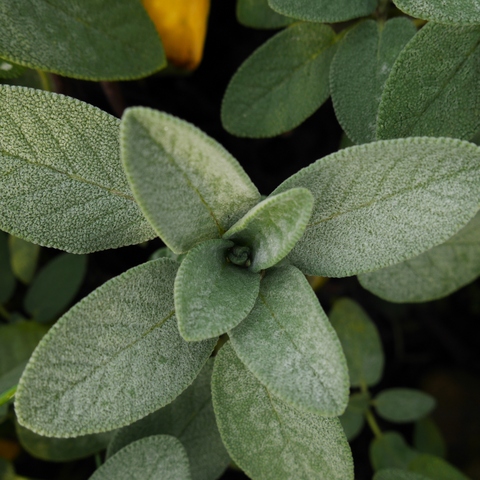
Consider Natural Therapies
In addition to the preventive measures outlined above, the following protocol can help halt a BV infection in its tracks. However, if you're pregnant, within a few months postpartum, experiencing persistent infection, or developing concerning symptoms such as abdominal pain or fever, seek conventional treatment promptly.
Here's a Natural BV Protocol to follow for one week, abstaining from all forms of sexual activity during this time:
1. Ensure adequate intake of zinc (30 mg/day), vitamin E (400 IU/day), and vitamin A (up to 10,000 units/day, except during pregnancy when limited to prenatal vitamin dosage) through your diet and multivitamin. These nutrients are essential for healing the irritated and inflamed vaginal tissue associated with BV infections.
2. In the morning, apply topically unsweetened, live, active culture yogurt to the vagina twice daily for at least seven days can be effective.
3. Take one capsule of the probiotic orally each day.
4. Each evening, use an herbal suppository containing goldenseal or berberine and essential oils, which possess antimicrobial properties. Note: Berberine-containing supplements may impart a strong yellow color that can stain clothing or bedding.
5. Or at bedtime, insert vaginally either one capsule of a women's probiotic containing L. rhamnosus and L. reuteri.
6. You can either purchase a pre-made vaginal suppository or prepare your own using the following DIY recipe from my herbal teacher Aviva Romm:

Suppository Blend:
- 1 cup cocoa butter
- 1/2 cup coconut oil
- 3 tablespoons calendula oil
- 1/4 teaspoon thyme essential oil
- 1/4 teaspoon lavender essential oil
- 1/4 teaspoon tea tree essential oil
- 4 tablespoons finely ground comfrey root powder (safe for short-term topical use)
- 2 tablespoons goldenseal root powder
To prepare the suppositories:
- Melt cocoa butter and coconut oil together in a saucepan, then remove from heat.
- Mix in powdered herbs and blend well.
- Add herbal oils and blend thoroughly.
- Pour mixture into suppository molds and refrigerate until firm. Insert one suppository vaginally each night for seven days; repeat if necessary.
Remember to wear a sanitary pad while sleeping with the suppository in place to prevent staining of bedding or underwear. Results are typically noticeable within several days, but treatment can be continued for up to a week and repeated if needed.
Suppository molds can be made at home using folded aluminum foil or purchased online. The base of the suppository consists of a combination of coconut oil and cocoa butter, to which medicated oils, powdered herbs, and tinctures are added. Once hardened, the suppositories are cut into pieces and inserted as needed.
The key to successful natural treatment lies in understanding that optimal vaginal ecology depends on overall body ecology. Focus on maintaining balanced blood sugar, gut health, and vaginal health through nutrition and holistic practices.
More Natural Remedies for BV
- Garlic: Insert a clove of peeled garlic into the vaginal canal at bedtime. Garlic also possesses antibacterial properties and may help combat the bacteria responsible for BV. Some people find relief by inserting a garlic clove into the vagina overnight, but this method may not be suitable for everyone and can cause irritation in some cases.

- Apple cider vinegar: Apple cider vinegar has antimicrobial properties and may help restore the pH balance of the vagina. You can add a cup of apple cider vinegar to a warm bath and soak it for about 20 minutes to help alleviate symptoms.
- Baking soda: Baking soda can help neutralize pH levels in the vagina, which may help alleviate discomfort associated with BV. Add half a cup of baking soda to a warm bath and soak for 20-30 minutes.
- Hydrogen peroxide: Some women find relief from BV symptoms by using hydrogen peroxide as a vaginal douche. However, this method is controversial, and healthcare professionals often advise against douching due to the risk of disrupting the natural balance of bacteria in the vagina.
- Herbal supplements: Certain herbs, such as goldenseal, Oregon grape root, and pau d'arco, have been traditionally used to treat bacterial infections and may help alleviate symptoms of BV. However, scientific evidence supporting their effectiveness is limited, so use them with caution and consult with a healthcare professional before trying herbal supplements.
- Yoni Steaming: Also referred to as vaginal steaming, is an age-old practice that has been embraced by women across diverse cultures for centuries. This ritual entails sitting or squatting over a pot of steaming water infused with herbs renowned for their womb-healing properties. As the steam permeates the vaginal area, it gently warms and promotes blood circulation while relaxing the pelvic muscles. The combination of warmth and the medicinal attributes of the herbs can provide profound soothing and healing effects for the vagina.
- Yoni steaming with Thyme, Sage, and Yarrow are herbs that have been traditionally used for various medicinal purposes, including as antimicrobial agents.
We blended these herbs into our Yoni Steam for Cleansing. While these herbs may have potential antimicrobial properties, it's important to note that using them as a sole treatment for BV may not be sufficient.
Bottom Line
Success in natural treatment hinges on recognizing that achieving optimal vaginal ecology is interconnected with maintaining overall body ecology. Therefore, prioritize factors such as balanced blood sugar levels, gut health, and vaginal health. Concentrate on nourishing your body with nutritious foods, supporting a healthy gut microbiome, and implementing practices that promote vaginal well-being. By addressing these holistic aspects of health, you can effectively support your body's natural ability to maintain vaginal balance and prevent issues like bacterial vaginosis.
Navigating bacterial vaginosis can indeed be challenging, but with the knowledge and resources at your disposal, you can take proactive steps to manage your vaginal health. It's important to remember that while practices like yoni steaming can be beneficial as part of a holistic self-care routine, they should not be viewed as substitutes for medical advice or prescribed treatments, especially in cases of recurrent BV. If your symptoms persist or worsen, it's crucial to consult with your holistic healthcare provider. They can assess your symptoms and discuss additional treatment options tailored to your specific needs.
Resource
-https://www.healthline.com/health/home-remedies-forbacterial-vaginosis#treatments-for-bv
-https://avivaromm.com/prevent-treat-bacterial-vaginosis/Aviva Romm
Want More?!? Check these out!
Herbal Products for PMS:
Blog Posts:
- 7 Common Causes of Period Spotting
- How to Enjoy Your Period
- Four Ways to Increase Fertility Naturally
- Herbal Remedies for Heavy Period Bleeding in Perimenopause
- When Will My Menstrual Cycle Return After Having a Baby
- What You Should Know About PCOS
- Tracking Your Cycle: With The Fertility Awareness Method
- How to Plan or Prevent Pregnancy
- Menstrual Cycle Syncing with Moon Phases, Herbs and Qigong
- Harnessing the Power of Mugwort and the Moon
- Balancing Hormones with Seed Cycling
- The Incredible Benefits of Shatavari for Women’s Health
- Yoni Steam- The Sacred Origin, The Herbs, and How To Steam
- Womb Food Eat These Four Foods To Improve Your Uterine Health
- Natural Remedies for Bacterial Vaginosis BV
- Black Cohosh for Hot Flashes in Menopause
- Natural Ways to Boost Testosterone In Women During Perimenopause and Menopause
- Botanica Erotica: Exploring Sensuality and Aphrodisiac Herbs
- Treating a Urinary or Bladder Infection Naturally: An Informative Guide
- A Woman's Guide to Uterine Fibroids
- Herbs for Hot Flashes in Menopause
- St. John's Wort: For First Aid, Nerve Pain, and Mood Support
Remember to:
Like our Birth Song Botanicals Facebook Page
Follow Birth Song Botanicals Co. on Instagram
Read our Birth Song Botanicals Blog
Watch Birth Song Botanicals on Youtube
Listen to Birth Song Botanicals on SoundCloud
Be inspired by Birth Song Botanicals on Pinterest



